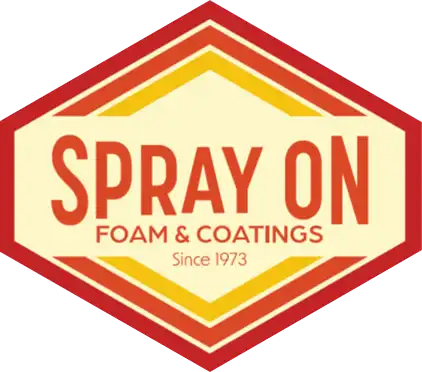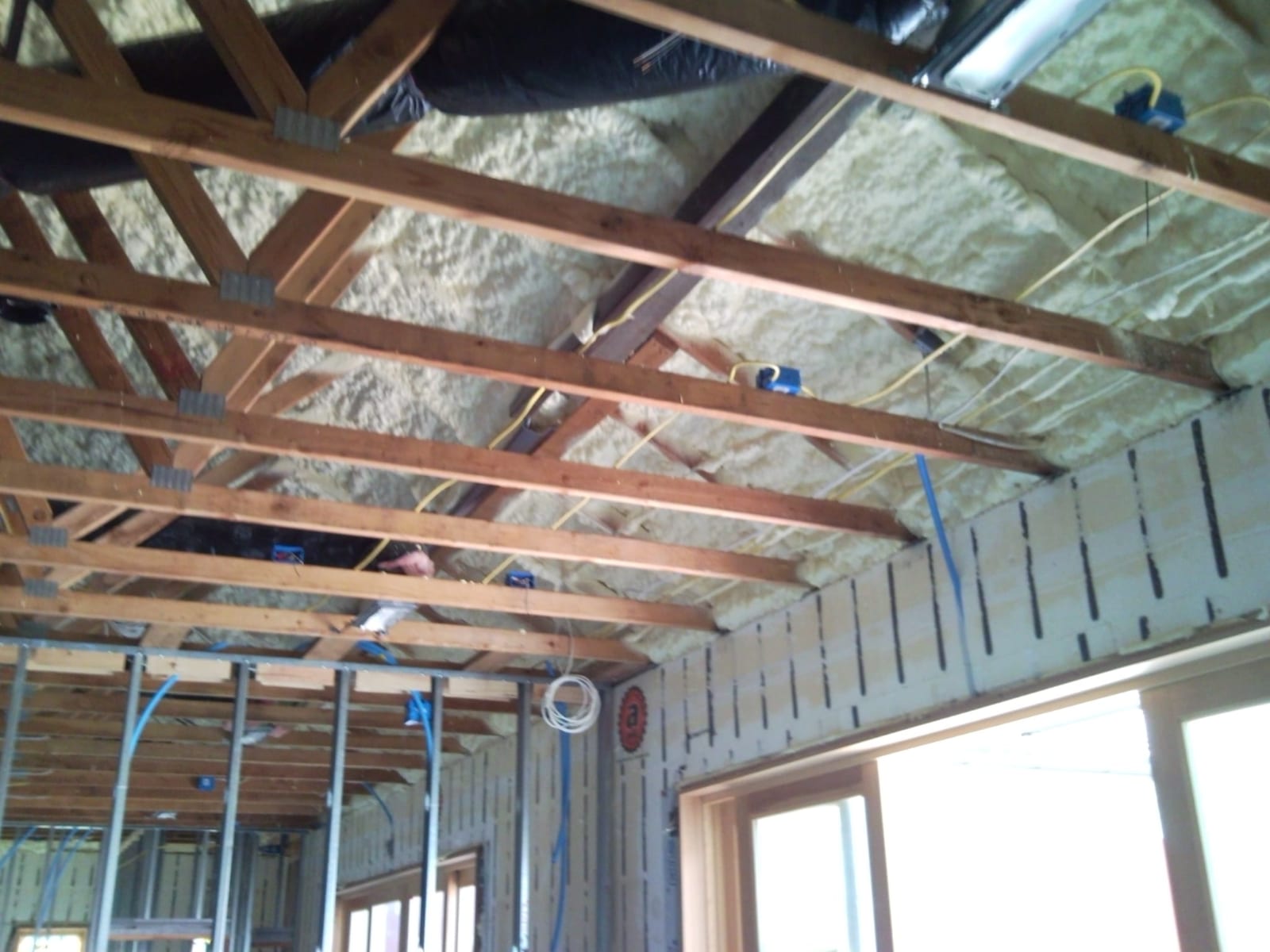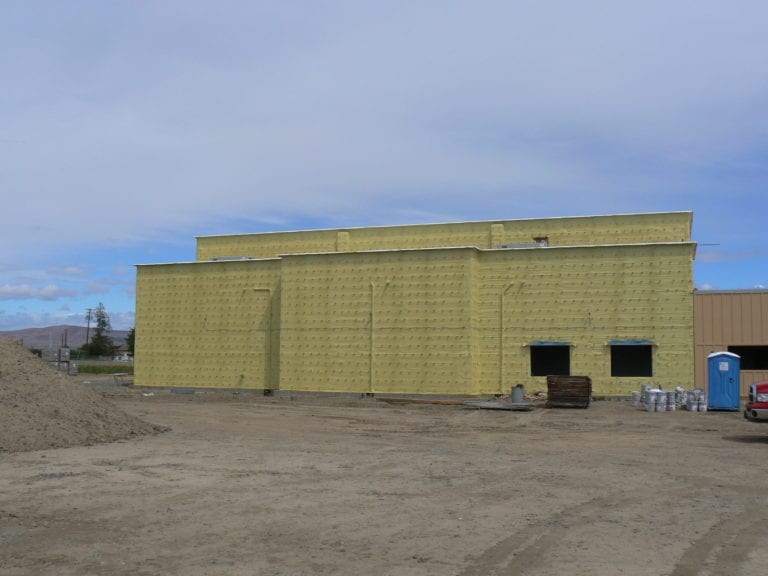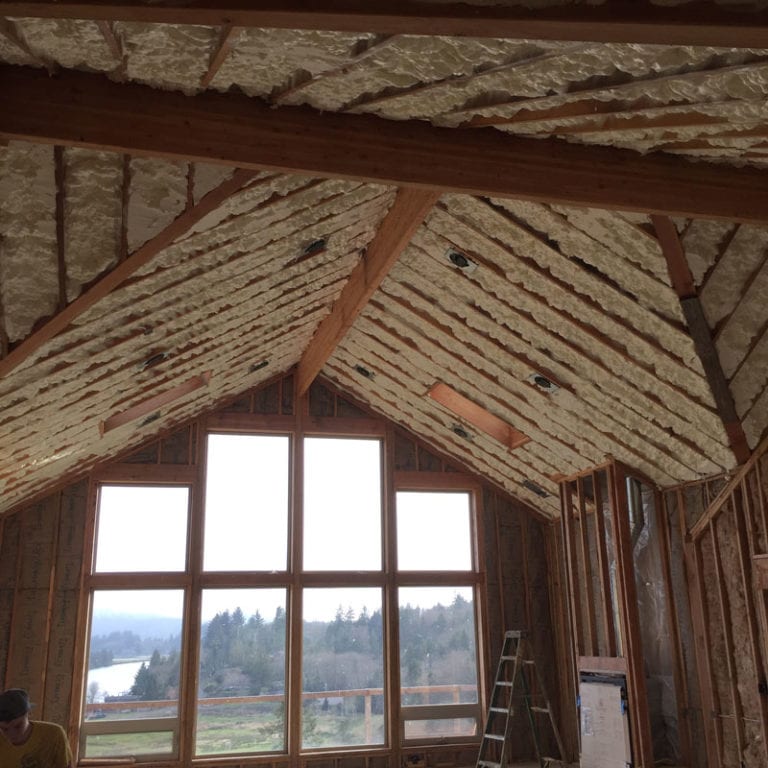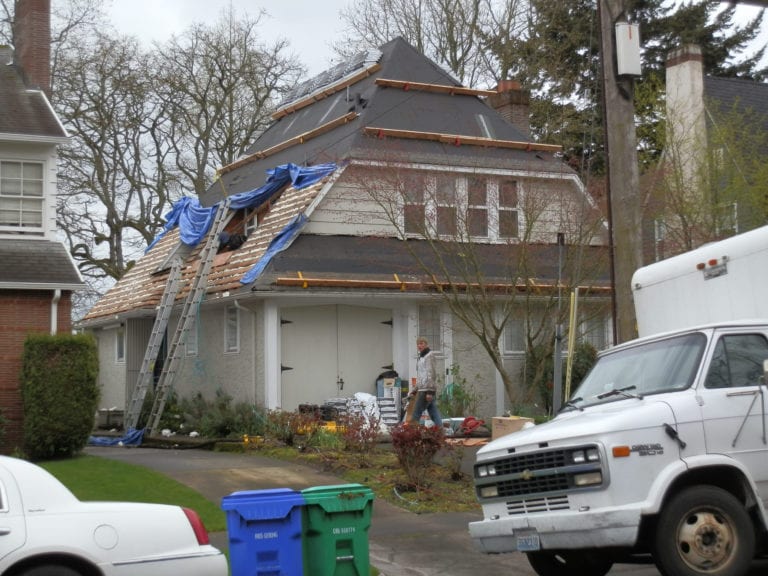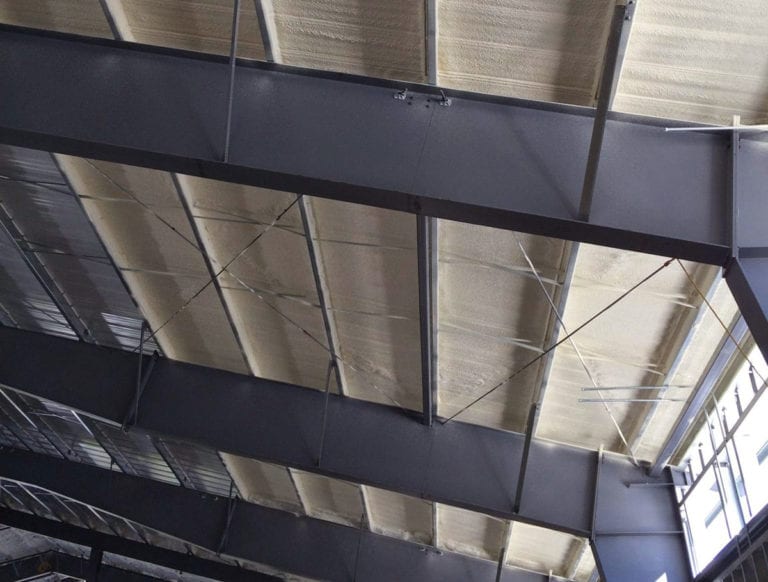What Are The Types of Thermal Insulation?
The U.S. Department of Energy lists nine types of thermal insulation. Some are more common than others, depending on building and construction demands. Here’s the list:
- Blanket: batts and rolls
- Concrete block insulation (and insulating concrete blocks)
- Foam board or rigid foam
- Insulating concrete forms (ICFs)
- Loose-fill and blown-in
- Reflective system
- Rigid fibrous or fiber insulation
- Sprayed foam and foamed-in-place
- Structural insulated panels (SIPs)
The most common types of thermal insulation include sprayed foam, blanket (batts or rolls), loose-fill and blown-in, which use cellulose insulation, fiberglass insulation, or mineral (rock or slag) wool, and foam board or rigid foam, which use polystyrene, polyisocyanurate, or polyurethane. Each of these most common types of thermal insulation has its own advantages and disadvantages.
Let’s take a quick look at each of these most popular types of thermal insulation.
Blanket: Batts and Rolls
According to the DOE, blanket insulation is “the most common and widely available type of insulation.” It comes in the form of batts or rolls, and it is made of flexible fibers (typically fiberglass). It can also be made out of mineral wool (again: rock and slag), plastic fibers, or natural fibers, such as cotton and sheep’s wool.
Loose-Fill Insulation and Blown-In
Loose-fill and blown-in insulation use particles of fiber, foam, or some other material. These are good for adding insulation to finished and/or irregularly shaped areas. The particles conform to the space. The DOE recommends measuring the depth of the insulation and checking for gaps in coverage in order to evaluate the effectiveness of this type of insulation.
Foam Board or Rigid Foam
Foam board or rigid foam is made from polystyrene foam, polyisocyanurate (polyiso), or polyurethane. It’s typically added to unfinished walls, foundation walls, floors, ceilings, and unvented, sloping roofs. The DOE says that this type of thermal insulation “can be used to insulate almost any part of your home, from the roof down to the foundation.”
Sprayed Foam
Naturally, at Spray-On Foam & Coatings, we work with No. 8. Sprayed polyurethane foam (or SPF) is a spray-applied plastic. It’s extremely effective, provides continuous insulation, and creates an air-sealing barrier for walls, roofs, contoured surfaces — even around corners! SPF provides thermal resistance, provides a cost-effective and energy-efficient method for reducing leakage from cracks or seams, and resists heat transfers and heat flow. The energy savings alone are worth the price of installation.
We create spray-foam insulation by mixing liquid components that expand on contact. We take advantage of that expansion to insulate, seal gaps, and form barriers to keep out moisture and vapor.
There are three density types of sprayed foam insulation:
- High (common in roofing and other exterior applications)
- Medium: (common with interior cavities and unvented attics)
- Low: (also used for interior cavities and unvented attics)
Spray-On Foam & Coatings: Thermal Insulation in Vancouver
The insulation experts at Spray-On Foam & Coatings will examine your space to determine which product will work best for you. There’s so much that this type of insulation can do, including:
- Seismic Rehabilitation
- Condensation Prevention
- Climate Control
- Fire Protection
- Sound Control
- Specialty Roof Coatings
Out of all the types and kinds of thermal insulation, why choose Spray-On Foam & Coatings? There are a lot of reasons, not least of which is the fact that as much as 40% of a building’s energy is lost through gaps and air leaks. Spray foam insulation closes those gaps and helps you save money and become more energy efficient.
Spray-On Foam & Coatings is a family run business — just as it has been since 1973. We’re continually learning and growing, and we take great pride in passing on our expertise to a new generation of homeowners and property owners.
Spray foam is a particularly effective method of insulation, especially around windows and doors, plumbing vents, recessed lighting, and attic hatches. This remains true whether our insulation experts work in a large commercial building or a single-family home.
Even better, SPF applications can actually make a building stronger and more durable. That’s because SPF’s super strong bond protects roofs and helps them last longer by eliminating water seepage and bolstering a roof’s defenses during high winds. As we like to say, our spray foam essentially “glues” the whole building together!
Spray-On Foam & Coatings: Southwest Washington
Thermal insulation is important. Removing and replacing old attic insulation can be a dirty and unpleasant task. Contact Spray-On Foam & Coatings today to start a discussion about how best to protect one of your most valuable assets — your facility or office.
